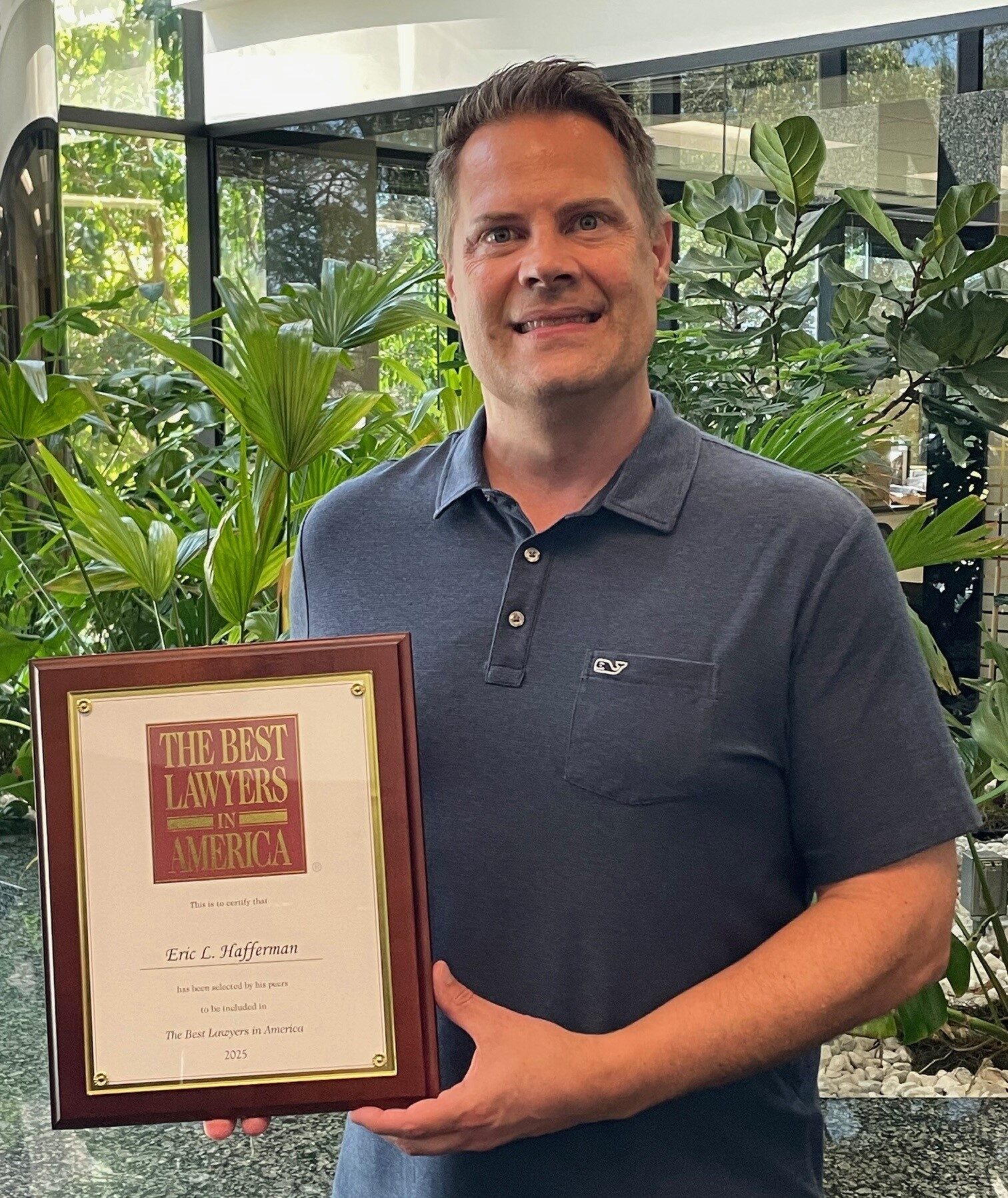Starting yesterday and going through the next 8 days, the date is going to be the same forward and backwards:
5/20/25
5/21/25
5/22/25
5/23/25
5/24/25
5/25/25
5/26/25
5/27/25
5/28/25
5/29/25
Enjoy!
Starting yesterday and going through the next 8 days, the date is going to be the same forward and backwards:
5/20/25
5/21/25
5/22/25
5/23/25
5/24/25
5/25/25
5/26/25
5/27/25
5/28/25
5/29/25
Enjoy!
On 12/26/24, the 5th Circuit Court of Appeals reinstated a nationwide injunction on the reporting of beneficial ownership information (BOI) under the Corporate Transparency Act (CTA). The court scheduled a hearing on 3/25/25 to address the merits of the reporting requirements. While this is pending, you may want to ensure you have gathered or continue to gather the necessary information in case the injunction is set aside. Please note that certain websites that discuss CTA submissions still say to file your report to avoid a penalty of $591/day; this obviously has not been updated. Also note that you can voluntarily submit your information, but there is no obligation to do so at this time.
 Happy Veteran’s Day to all my brothers and sisters in arms. Technically, this may be my 1st Veteran’s Day. It was truly an honor to serve from 1994 to 2024. I honestly had almost no idea what I was doing when I took that 1st oath of office. I did not know how to salute or shine boots. I didn’t know the rank structure. I was barely a lawyer, being sworn in 3 months before I left for OTS. Yet, from jump, I was excited. For the next 30 years, I did so many things and held so many titles: prosecutor, recruiter, director, inspector, instructor, senior advisor. I worked from a base office to the Pentagon. I was the senior attorney 3 times, totaling 13 years. At one point, I had more than 100 JAGs and paralegals in my command. I was a Director of TRIALS for 9 years. I helped others find better assignments/promotions, advised pilots on bombing targets, drafted rules of engagement, played war with NATO allies, briefed dignitaries. The list goes on and on. I meet absolutely wonderful people of all walks of life, who sacrificed over and over again. I met my bride and traveled the globe. So, from humble beginnings, living on a dirt road in a 2 bedroom/1 bath house in the desert to a life of advising generals, commissioning junior officers, and officiating at retirement ceremonies. It has been the American dream. It has been an honor. Thank you, America, for being the beacon of hope. Thank you for allowing me to serve this great nation. God Bless the USA.
Happy Veteran’s Day to all my brothers and sisters in arms. Technically, this may be my 1st Veteran’s Day. It was truly an honor to serve from 1994 to 2024. I honestly had almost no idea what I was doing when I took that 1st oath of office. I did not know how to salute or shine boots. I didn’t know the rank structure. I was barely a lawyer, being sworn in 3 months before I left for OTS. Yet, from jump, I was excited. For the next 30 years, I did so many things and held so many titles: prosecutor, recruiter, director, inspector, instructor, senior advisor. I worked from a base office to the Pentagon. I was the senior attorney 3 times, totaling 13 years. At one point, I had more than 100 JAGs and paralegals in my command. I was a Director of TRIALS for 9 years. I helped others find better assignments/promotions, advised pilots on bombing targets, drafted rules of engagement, played war with NATO allies, briefed dignitaries. The list goes on and on. I meet absolutely wonderful people of all walks of life, who sacrificed over and over again. I met my bride and traveled the globe. So, from humble beginnings, living on a dirt road in a 2 bedroom/1 bath house in the desert to a life of advising generals, commissioning junior officers, and officiating at retirement ceremonies. It has been the American dream. It has been an honor. Thank you, America, for being the beacon of hope. Thank you for allowing me to serve this great nation. God Bless the USA.
Nine years ago today, we started McManus & Associates LLC. Thank you to everyone who has supported us on this journey. We now have three other attorneys: Eric Hafferman, Alex Marsland, and Joseph Krawczyk. We also have four paralegals: Taylor Adel, Tracie McGuire, Michelle Petri, and Helen Miller.
Today is also the one year anniversary of moving into our new office in Brookfield, WI. Let us know if you are in the area and want to see the space.
Want to receive our monthly newsletter? Email Bonnie at info@mil-law.com.

The court of appeals upheld a decision that said a violation of an employer’s absentee policy was sufficient to withhold Unemployment benefits. Per this employer’s policy, an employee may be suspended for 3 days without pay if they had 10 points. If an employee exceeded 10 points, the policy said the employee would be terminated immediately for “excessive absenteeism”.
This policy was different than the state statute, which reads:
Absenteeism by an employee on more than 2 occasions within the 120-day period before the date of the employee’s termination, unless otherwise specified by his or her employer in an employment manual of which the employee has acknowledged receipt with his or her signature, or excessive tardiness by an employee in violation of a policy of the employer that has been communicated to the employee, if the employee does not provide to his or her employer both notice and one or more valid reasons for the absenteeism or tardiness.
Citing to a prior WI Supreme Court decision, this court said, “an employer can opt out of the statutory definition of ‘misconduct’ by absenteeism and set its own absenteeism policy, the violation of which will constitute statutory misconduct.”
Employers: Let us know if you need help in creating policies, deciding whether to terminate or suspend an employee, or in any related matters.
Early Bird pricing for the WI Work Comp Forum ends this Saturday.
Here is the link: https://www.programinfosite.com/wiwcforum/attendee-registration/
See you there!

Happy 5th Anniversary, Alex.
We appreciate your hard work and dedication.
Please note our new address as of November 1, 2023 will be
20225 Water Tower Blvd., Ste. 100, Brookfield, WI 53045.